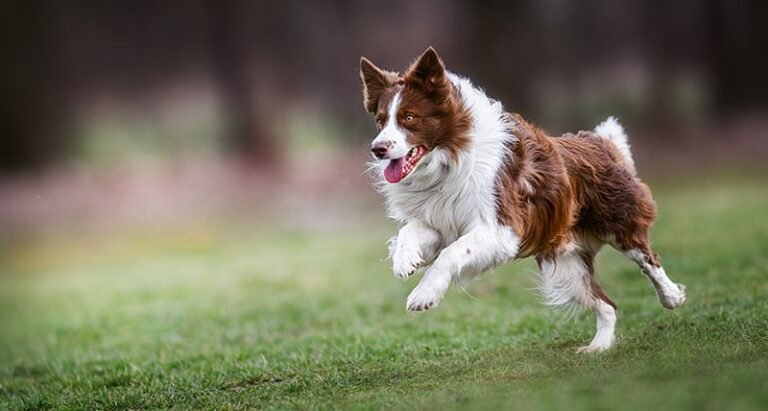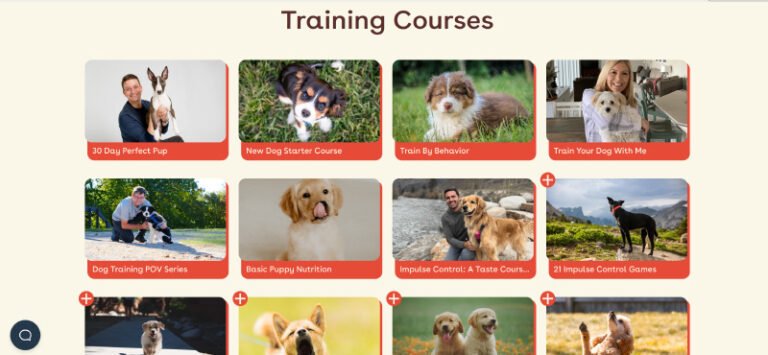What do you think is the most important aspect of training a Belgian Malinois?
These intelligent and loyal dogs are known for their energy and intensity, making effective training not just beneficial, but essential for a harmonious life with them. Investing your time in their training opens the door to a rewarding relationship filled with trust and understanding.
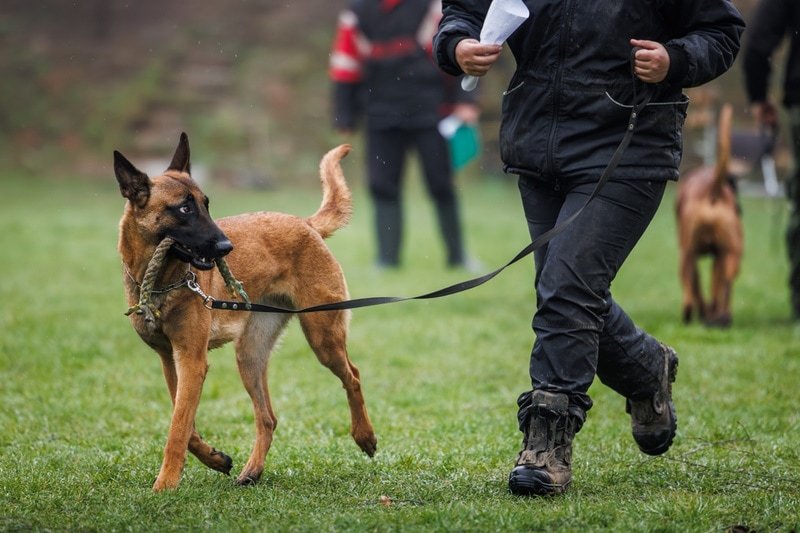
This image is property of www.dogster.com.
Understanding the Belgian Malinois
Before diving into specific training methods, it’s crucial to understand the breed. The Belgian Malinois is a high-energy working dog, originally bred for herding and protection. Their intelligence and eagerness to please make them ideal candidates for various training activities, including obedience, agility, and protection work. However, with their intelligence comes a need for mental stimulation and physical activity; without it, they can become bored and develop negative behaviors.
Importance of Training Your Belgian Malinois
Training is key to ensuring a well-behaved and balanced dog. Without proper training, a Belgian Malinois can become overly energetic, potentially leading to destructive habits or even aggression. Their natural inclination to assert themselves can also manifest in disobedience if not properly channeled through structured training. Early, consistent training not only helps curb these tendencies but also strengthens the bond between you and your dog.
Start Early: The Significance of Socialization
Socialization is an integral part of training your Belgian Malinois. Begin socializing your puppy as soon as you bring them home. Introduce them to different environments, people, and other animals while focusing on encouraging positive experiences. This early exposure helps them become well-adjusted adults, comfortable in various situations. Alongside socialization, it’s important for them to learn to focus on you, their handler, to ensure they feel secure and trusting.
| Socialization Activities | Benefits |
|---|---|
| Meeting new people | Reduces fear and anxiety in social situations |
| Exposure to different environments | Builds confidence and adaptability |
| Interaction with other dogs | Teaches proper canine behavior |
Building Trust Through Positive Interaction
Trust is fundamental in any dog-owner relationship, especially with a breed as sensitive and high-energy as the Belgian Malinois. Foster trust through positive interactions. Use treats, praise, and affection to reinforce good behavior, ensuring your dog feels secure in their connection to you. A consistent routine also helps establish predictability, which is soothing for your dog and fosters a deeper bond.
Consistency is Key
Having a consistent approach to training is vital. Consistent commands, cues, and routines enable your dog to understand expectations clearly. Keep training sessions organized and utilize the same commands for specific actions. For instance, always use “sit” instead of alternating between “sit” and “sit down.” This clarity helps your Malinois learn faster and respond more eagerly.
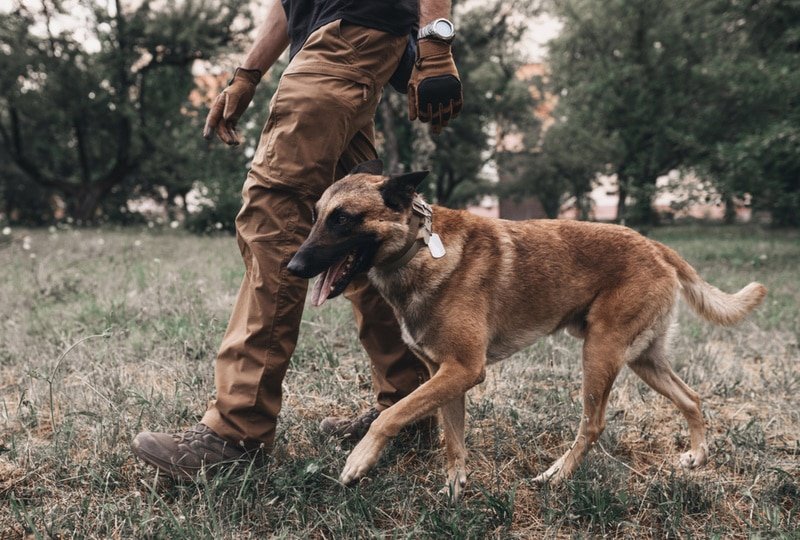
This image is property of www.dogster.com.
Initiating Training: Where to Begin
Once you bring your Belgian Malinois home, begin training as soon as possible. Early training lays the groundwork for future behaviors and helps instill good habits. Puppies are particularly receptive to learning during their formative months. Focus on simple commands like “sit,” “stay,” and “come” before progressing to more complex tasks.
Positive Reinforcement: A Powerful Tool
Using positive reinforcement is one of the most effective training methods. Reward your dog with treats, toys, or praise whenever they successfully follow a command. This approach not only builds trust but also encourages your dog to repeat the desired behavior in the future. A positive training environment motivates your Belgian Malinois to engage enthusiastically in learning.
Implementing Clicker Training
Have you considered using a clicker in training sessions? Clicker training is a popular method that employs a distinct sound to mark desired behaviors. It provides immediate feedback, allowing your Malinois to associate their action with a reward. To implement this technique, simply carry a clicker and use it to mark the behavior you want to reinforce, followed by a reward.
How to Clicker Train Your Belgian Malinois
- Choose a quiet location: Start in a distraction-free environment to help your dog focus.
- Introduce the clicker: Click it and immediately give a treat so your dog makes the connection between the sound and receiving a reward.
- Mark behaviors: Click whenever your dog performs a desired action, followed by a reward. Consistently reinforcing positive behavior keeps them engaged and eager to learn.

This image is property of www.dogster.com.
Identifying High-Value Rewards
Different dogs may respond to different rewards, so it’s essential to identify what motivates your Belgian Malinois the most. Some may prefer treats, while others might be more enthusiastic about toys or verbal praise. Use high-value rewards to keep your dog motivated during training sessions.
| Reward Type | Description | Example |
|---|---|---|
| Treats | Edibles that excite them | Small dog biscuits, pieces of chicken |
| Toys | Interactive items | Tug toys, squeaky toys |
| Praise | Verbal acknowledgment | “Good boy!” or “Great job!” |
Effective Training Session Length
When training your Belgian Malinois, keep your training sessions relatively short—ideally ranging from 5 to 15 minutes. This length is especially effective with puppies, who have short attention spans. Short, engaging sessions are more successful than lengthy ones where your dog might lose interest. If you’re able to promote consistent learning over multiple short sessions throughout the day, it can lead to more effective results.

This image is property of www.dogster.com.
Ensuring Adequate Physical Activity
Physical activity is crucial when it comes to managing the energy levels of a Belgian Malinois. A well-exercised dog is a calmer dog. Ensure that you provide ample exercise daily, whether through walks, playtime, or alternative activities like running or cycling. This commitment to physical activity can help prevent boredom-driven destructive behaviors.
Structuring Exercise
A blend of structured and free play keeps your Malinois physically and mentally engaged. Structuring exercise can include:
- Leash walks: Maintain control while allowing your dog to explore their environment.
- Off-leash play: Use secure areas to let your dog run and play freely.
- Interactive dog sports: Participate in agility training or obedience classes to channel their energy productively.
| Exercise Activity | Duration | Benefits |
|---|---|---|
| Daily walks | 30-60 minutes | Builds stamina and bond |
| Play fetch | 15-20 minutes | Encourages retrieval skills |
| Agility training | 30 minutes | Enhances focus and agility |
Enhancing Mental Well-Being Through Enrichment
Training is not solely about commands; mental enrichment is equally important for a breed like the Belgian Malinois. Engage your dog in mentally stimulating activities through puzzle toys, interactive games, or scent work. These activities enrich their lives, giving them challenges that keep their minds sharp.
Ideas for Mental Stimulation
- Puzzle toys: These toys hide treats that your dog must work to uncover. They require critical thinking and problem-solving.
- Hide and seek: Hide treats around the house or garden and let your dog find them.
- Scent games: Teach your dog to track specific scents, building their skills and confidence.
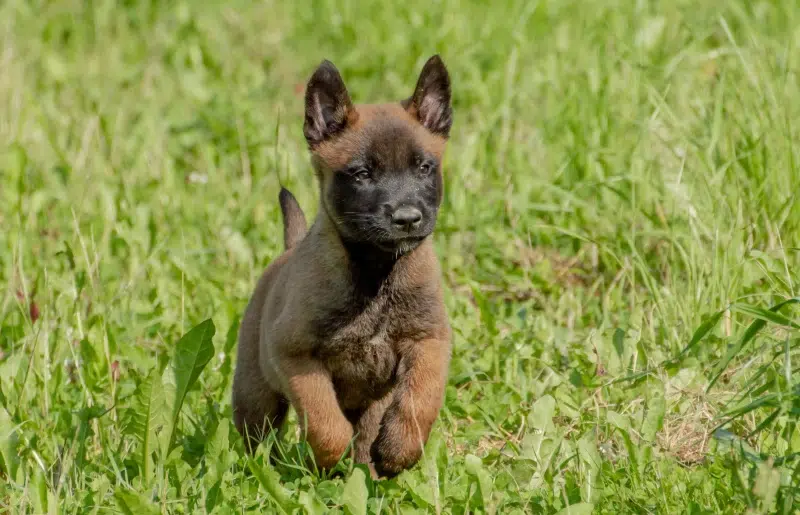
This image is property of www.dogster.com.
Teaching Basic Commands
Starting with the basics is essential when training your Belgian Malinois. Commands such as “sit,” “stay,” and “come” are foundational to safe and effective training. Mastering the basics establishes a strong communication foundation between you and your dog, making more advanced training smoother and easier.
How to Teach Basic Commands
- Sit: Hold a treat close to your dog’s nose, then move your hand up, allowing their head to follow. As your dog’s head moves up, their bottom will lower. Once seated, say “sit” and reward them.
- Stay: Ask your dog to sit. Open your palm and say “stay.” Gradually back away while maintaining eye contact. If your dog stays, reward them.
- Come: Put a leash on your dog. In a safe environment, say “come” and gently pull them towards you. When they reach you, reward them.
Seeking Professional Help
If you ever feel overwhelmed or unsure during the training process, don’t hesitate to seek professional help. Just like humans, dogs can vary in their responsiveness and behavior. If you encounter challenges, especially as a new dog owner, enlisting the help of a professional trainer can provide guidance, establishing techniques tailored to your Belgian Malinois’s needs.
Finding the Right Trainer
- Look for credentials: Ensure the trainer has qualifications and a good reputation with the breed.
- Attend classes: Group classes can provide socialization opportunities for your dog and support for you.
- Ask questions: Don’t hesitate to inquire about their methods and experience with Belgian Malinois.
Conclusion
Training your Belgian Malinois requires dedication, patience, and a thorough understanding of their unique characteristics. By focusing on early socialization, trust-building, and incorporating effective training techniques, you lay the groundwork for a successful relationship. Remember that your journey together should be enjoyable; your training efforts lead to a well-adjusted and happy companion. With consistent effort and a commitment to positive reinforcement, you can nurture a reliable and loving partner. Your time invested in their training will undoubtedly pay off as you both share countless rewarding experiences together.


